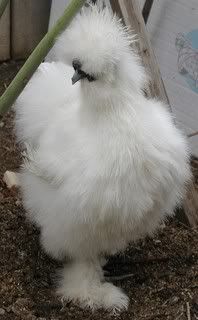Anyone know if the mint produced any foreign coins in 1988 that weights around 4.9 g that is about t
Anyone know if the mint produced any foreign coins in 1988 that weights around 4.9 g that is about the size of a nickel but thicker and is not (Copper - 75% Nickel - 25%) ?
Coin Collector, Chicken Owner, Licensed Tax Preparer & Insurance Broker/Agent.
San Diego, CA

San Diego, CA

0
Comments
Then it cannot be a foriegn coin. But it is 35% thicker than a normal nickel yet lighter.
San Diego, CA
San Diego, CA
It's highly unlikely that it's a foreign planchet.
If you suspect the coin's density is abnormally low, you'd have to verify it with a specific gravity test.
--Mike Diamond
weight of the coin in water and it's weight in air into its weight in air.
I need to go work for a lab.
San Diego, CA